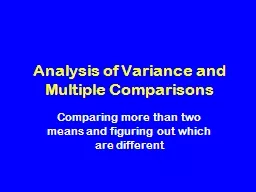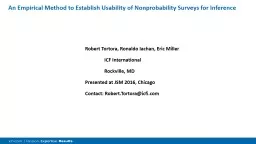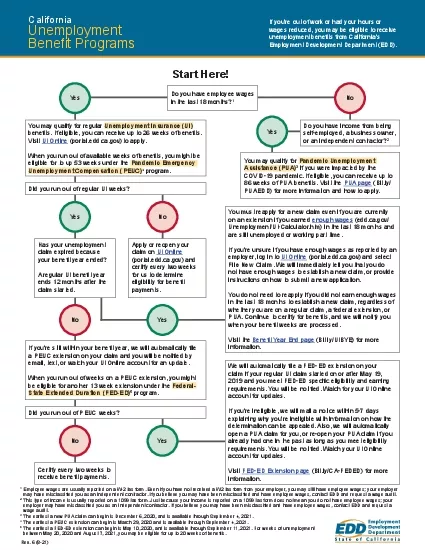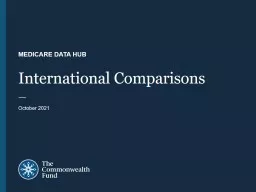PDF-COMPARABLE ESTIMATES OF AVERAGE WAGES PER FULL TIME EQUIVALENT EMPLOYEE To enable international
Author : jane-oiler | Published Date : 2015-02-20
e wage and salary earnings Table I of the OECD Employment Outlook provides benchmark average wage estimates derived from OECD National Accounts covering all sectors
Presentation Embed Code
Download Presentation
Download Presentation The PPT/PDF document "COMPARABLE ESTIMATES OF AVERAGE WAGES PE..." is the property of its rightful owner. Permission is granted to download and print the materials on this website for personal, non-commercial use only, and to display it on your personal computer provided you do not modify the materials and that you retain all copyright notices contained in the materials. By downloading content from our website, you accept the terms of this agreement.
COMPARABLE ESTIMATES OF AVERAGE WAGES PER FULL TIME EQUIVALENT EMPLOYEE To enable international: Transcript
Download Rules Of Document
"COMPARABLE ESTIMATES OF AVERAGE WAGES PER FULL TIME EQUIVALENT EMPLOYEE To enable international"The content belongs to its owner. You may download and print it for personal use, without modification, and keep all copyright notices. By downloading, you agree to these terms.
Related Documents














